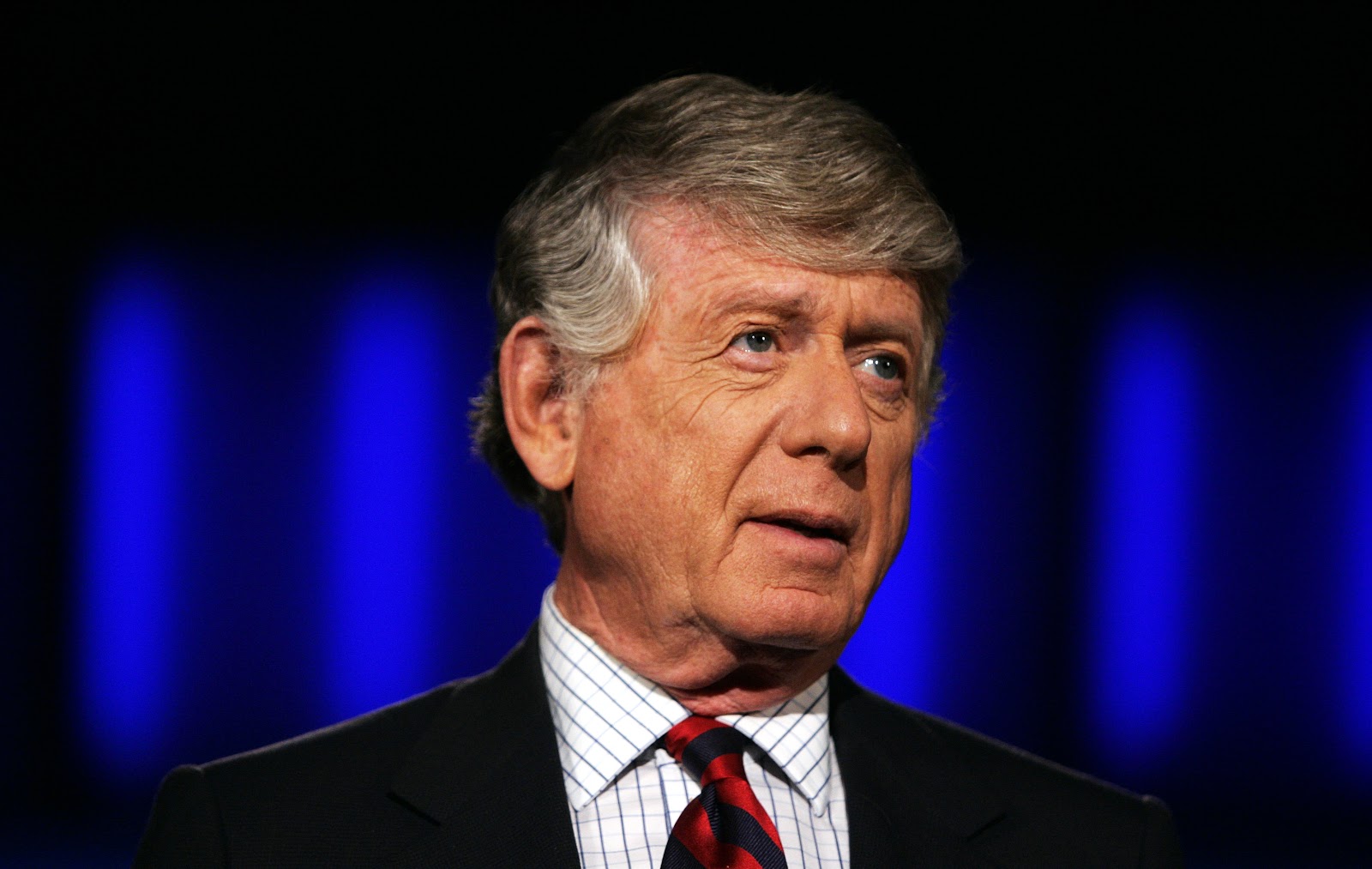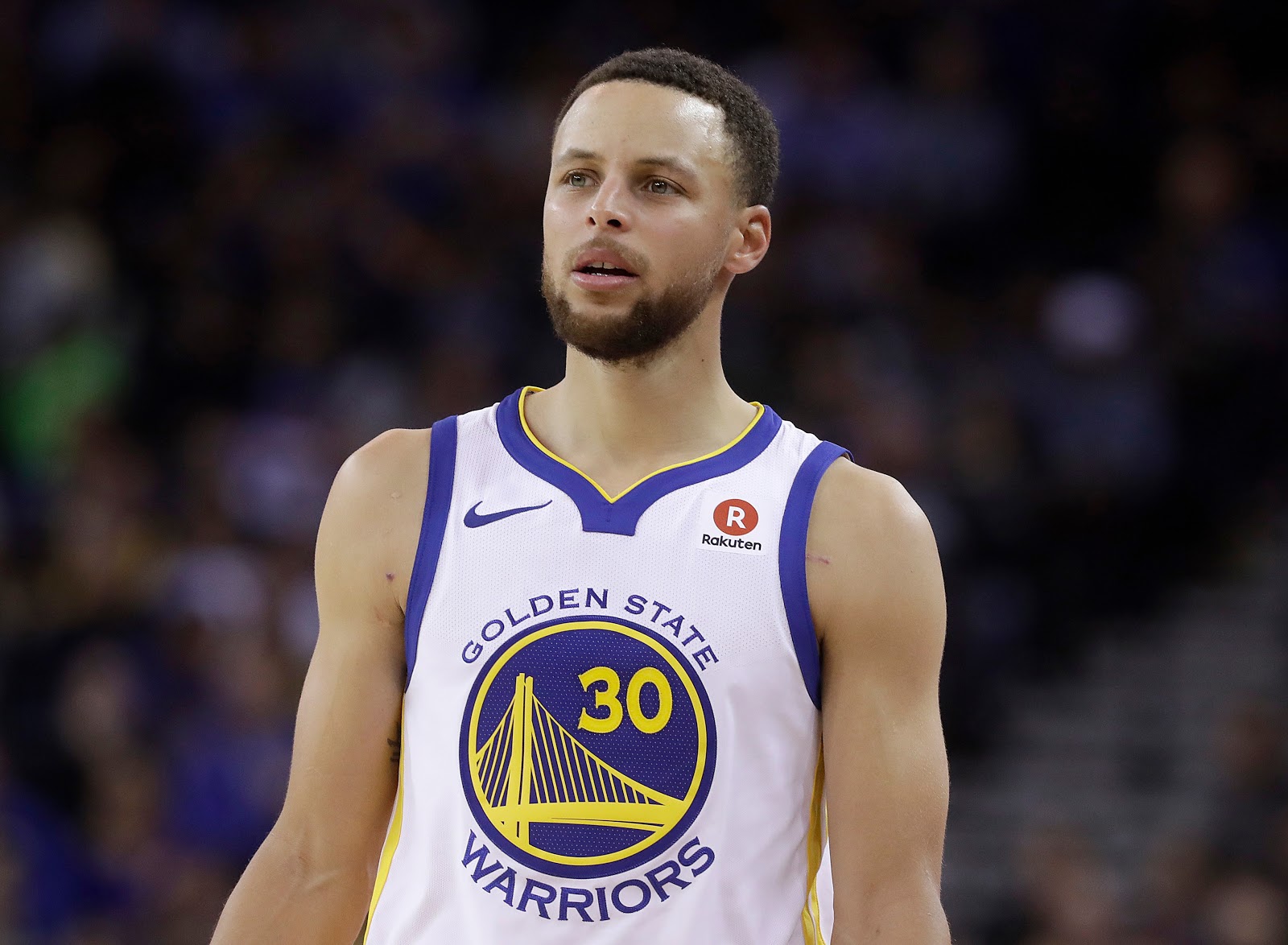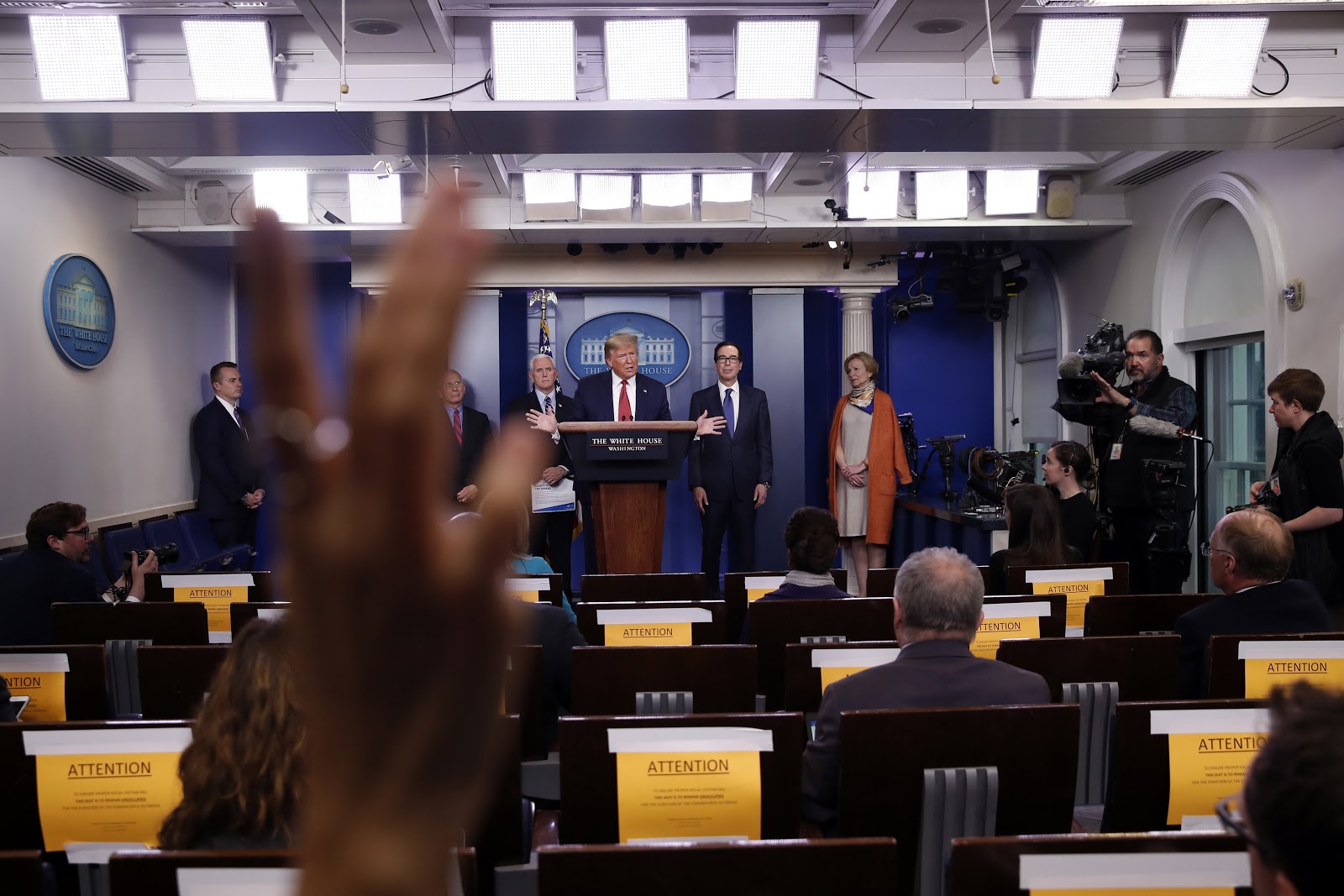The Poynter Report is our daily media newsletter. To have it delivered to your inbox Monday-Friday, click here.
The critical coverage of the coronavirus
I came across an ad by CNN on Wednesday. It’s simple and effective.
The words on the screen read:
In a time of uncertainty, facts provide clarity.
In a time of division, facts unite.
In a time of crisis, facts matter most.
Facts first.
While you might see a little more kindness (a smile, a nod, a wave) on your evening walks or trips to the grocery store, social media remains a cesspool of bickering, often about the coronavirus.
Almost everyone is weighing in on how the president, governors, local mayors and even our next-door neighbors are dealing with the virus. Almost everyone has an opinion on how we got here and what should happen next. Those opinions are often based on politics as much as anything else.
Once again, President Donald Trump took a shot at the media Wednesday in a tweet that read, “The LameStream Media is the dominant force in trying to get me to keep our Country closed as long as possible in the hope that it will be detrimental to my election success. The real people want to get back to work ASAP. We will be stronger than ever before!”
But the message in the CNN ad is correct. After you wade through the finger-pointing, politics and other noise, all that matters are the facts.
Hard numbers. Graphs. Trends. Recent history. Projections from experts based on science, not partisanship. And, most of all, good old-fashioned reporting from reporters who go (either in person or online) to the front lines of the pandemic — from hospitals to government offices where key decisions are made to the homes and neighborhoods of those suffering from this deadly virus.
And while national news has been and will continue to be invaluable, this is just as much a local story. That’s because everyone is affected. We all hate to see the grim news in New York City and California and Washington state, and we’re keeping track of the latest out of Washington, D.C., but we’re especially concerned about what is happening in our neighborhoods, our offices and in our kids’ schools.
What’s so disturbing is that local news is taking a financial beating at a time when it’s at its most valuable. Advertising revenue, especially for newspapers, is down because most events are canceled or postponed and struggling (and closed) businesses are wary of taking out ads during these uncertain times.
Read this piece in The Atlantic from Steven Waldman, co-founder of Report for America, and Charles Sennott, CEO of TheGroundTruth Project. It starts with:
“Among the important steps you should take during this crisis: Wash your hands. Don’t touch your face. And buy a subscription to your local newspaper.”
Waldman and Sennott argue that local media outlets provide the kind of necessary information that is difficult, if not impossible, to get anywhere else, such as where to get tested, what’s open or closed and where to get essentials like food and medicine. But they can’t do that if they are not in business.
Waldman and Sennott write:
So what can be done to help keep journalism in your community alive?
The federal government can do something quite concrete right now: As part of its stimulus plans, it should funnel $500 million in spending for public-health ads through local media. …
The responsibility to help local news groups doesn’t fall solely on the government. National and community foundations, as well as private philanthropists, are already creating special funds to address the coronavirus crisis. They should consider supporting a health reporter or two. Many place-based foundations already support local journalism, sometimes directly by helping fund nonprofit news websites or public radio, and sometimes through programs like Report for America. In the current crisis, philanthropic groups must recognize that accurate local information is a key part of battling the pandemic.
And you can do your part, too, by subscribing and advertising, if you can, to local media outlets. After all, that’s where the facts are.
Speaking of The Atlantic …
Throughout this crisis, my Poynter colleagues and I have tried to point you to outstanding coronavirus coverage. (If you haven’t subscribed to the daily Covering COVID-19 newsletter by Poynter’s Al Tompkins, you should.)
Today, I want to highlight some of the elite-level work being done by The Atlantic, which has its entire 150-person staff dedicated to coronavirus coverage. Instead of flooding its site with every story it can think of, The Atlantic is picking its spots, playing to its strengths and publishing material that can make the most impact.
In a letter to readers, editor-in-chief Jeffrey Goldberg wrote, “Our own offices have emptied. Our team is scattered across the country — across much of the globe. But we are working harder than ever to provide you with the best possible information and analysis about the coronavirus pandemic.”
Perhaps the most impactful piece was a March 6 exclusive from Robinson Meyer and Alexis C. Madrigal that warned of trouble because of how the country was botching coronavirus testing.
Aside from the written pieces, which includes Ed Yong’s must-read “How the Pandemic Will End” and Uri Friedman’s “Why America is Uniquely Unsuited to Dealing with the Coronavirus,” one of the best things The Atlantic is doing is producing a daily podcast called “Social Distance.” So far, episodes have covered topics such as whether you can go out for a drink, whether you should be getting deliveries and how to manage stress. Most episodes are less than 30 minutes.
“Nightline” celebrates 40 with a familiar guest
Ted Koppel, the original host of ABC’s “Nightline,” returned for a guest spot on the program Tuesday night to commemorate the show’s 40th anniversary.
Since March 9, “Nightline” has reported on only one topic — the coronavirus. That harkened back to the origins of the show in 1980 when it was created to cover the Iran hostage crisis. Eventually, the program started covering other news topics and has never left the air.
Koppel’s message to viewers on Tuesday’s “Nightline:”
“It’s time more than ever in this country to come to the realization that what we need more than anything else, is reliable, credible journalists. The fact that so much information is being conveyed by people who have no background in journalism whatsoever but do have the ability through the internet to communicate absolute nonsense and sometimes damaging nonsense over the internet. This is a time when rather than questioning the credibility of the media, we need to reinforce it.”
[the_ad id=”667872″]
Get the facts
Here’s why journalism matters. A new study from the Pew Research Center shows that Americans who most commonly get their political and election news from social media — that’s about 18% of the country — are less likely to follow news about the coronavirus than those who get their news through newspapers, local and national TV, radio and news websites. In addition, of those who get their news from social media, only 37% say they are following the coronavirus story “very closely.”
Dr. Fauci and Steph Curry join forces
Dr. Anthony Fauci, who has emerged as this country’s most respected and leading voice when it comes to the coronavirus, will do an Instagram Q&A today with NBA star Steph Curry.
I love this.
For starters, Curry has nearly 30 million Instagram followers. You would assume he has a deep reach with young people, and reaching young people to talk about things such as social distancing is critical right now. It’s also reasonable to expect that Curry might be able to reach younger audiences that many traditional news outlets, such as TV and newspapers, are not reaching.
This won’t be the first time Fauci has done an interview with a non-traditional outlet. Last week, he appeared on the Barstool Sports podcast “Pardon My Take.” New York Post sports media critic Andrew Marchand reported that Fauci’s appearance on “Pardon My Take” was actually an idea from Vice President Mike Pence’s coronavirus task force office as a way to reach younger audiences, especially about the seriousness of this pandemic and the importance of social distancing.
The pod’s host, known as PFT Commenter (real name Eric Sollenberger), told Marchand, “When I got the email, I was thinking to myself that things must have the potential to get really bad if it has reached the point where (Dr. Fauci’s) office is trying to get him on ‘Pardon My Take’ to connect with the younger listeners out there. I was thinking this could be scary and this is absolutely something that should be taken very seriously.”
Coronavirus saves some jobs … for now
We’ve seen stories about many news organizations — especially newspapers and weeklies — having to cut resources and staff because of dwindling advertising revenue due to the coronavirus. But, in a rare reversal of that trend, the BBC has announced that, for now, it will not go through with announced plans to cut 450 jobs.
Why? It needs all hands on deck for coronavirus coverage.
In January, the BBC announced plans to slash 450 jobs in order to save the equivalent of about $95 million by 2022. BBC director-general Tony Hall told staff Wednesday that those plans have been suspended, although it does sound as if the cuts could still happen at a later date.
“We’ve got to get on with doing the job that you’re doing really brilliantly,” Hall said. “It would be inappropriate. We haven’t got the resource to plough ahead with those plans at the moment, so we’ll come back to that at some point. But for the moment we just want to make sure you are supported and you’ve got the resources to do the job that you and your colleagues are doing amazingly.”
But bad news, too …
BuzzFeed announced Wednesday that it is temporarily cutting employee salaries. The Daily Beast’s Maxwell Tani reports that an internal memo told employees that the cuts would be for April and May and were tied to the coronavirus.
In the memo, CEO Jonah Peretti said he will not take a salary during that time. The pay reductions will be based on how much an employee makes. Those making under $65,000 a year will receive a 5% cut. Those between $65,000-$90,000 will have a 7% cut. Anyone making over $90,000 will take a 10% cut. Executives will take between 14% and 25%.
Peretti said BuzzFeed is doing this in hopes of avoiding layoffs.
“I understand this will be a real hardship for everyone, but our goal is to make it possible for all of us to get through this,” he said.
[the_ad id=”667878″]
Stepping back from airing Trump
I’ve spent the past couple of days defending and even advocating that TV networks air — live and unfiltered — President Trump and the White House task force news conferences on the coronavirus. I stand by that. Rather than restate my arguments, you can read them in previous Poynter Reports here and here.
But I will note that KUOW — the public radio station in Seattle, Washington (one of the hotspots of the coronavirus) — is not airing Trump’s press conferences live. The station announced on Twitter, “KUOW is monitoring White House briefings for the latest news on the coronavirus — and we will continue to share all news relevant to Washington State with our listeners. However, we will not be airing the briefings live due to a pattern of false or misleading information provided that cannot be fact checked in real time.”
Washington Post columnist Karen Tumulty also weighed in, writing, “In the interest of protecting the nation’s health, it is time to socially distance ourselves from the crazy things that President Trump keeps saying.” And in a story for The Daily Beast, Maxwell Tani and Lloyd Grove wrote that some CNN and MSNBC staffers have reservations about airing the Trump pressers.
On Wednesday, the three major networks (ABC, CBS and NBC) all went to their evening national news broadcasts while the White House coronavirus news conference continued.
Hot type
- Right now, reporters should be hot on the campaign trail, covering someone such as Joe Biden. But the coronavirus dominates the news. Vanity Fair’s Tom Kludt on what it’s like to be a reporter on the campaign trail when there is no campaign trail.
- In his latest “Byers Market” podcast, NBC News’ Dylan Byers has an interview with new New York Times media writer (and former BuzzFeed News boss) Ben Smith. (If you’d rather read it than listen to it, here’s a transcript.)
- Hard as it is to wrap our brains around, there are other things going on in the world, and cool journalism being produced. Case in point: April is the 50th anniversary of Earth Day, and National Geographic’s single-topic April issue covers it.
- Northeastern University associate journalism professor Dan Kennedy, writing for WGBH, looks at how local online news outlets are covering the coronavirus.
- And, finally, this will stir up some strong feelings. New York Times tech reporter Brian X. Chen with the dos and don’ts of online video meetings, which includes opinions on dogs and kids.
Have feedback or a tip? Email Poynter senior media writer Tom Jones at tjones@poynter.org.
More Poynter resources
- PolitiFact fact-checks about the coronavirus (resource for reporting).
- Poynter’s News University (free virtual training).
Want to get this briefing in your inbox? Sign up here.










